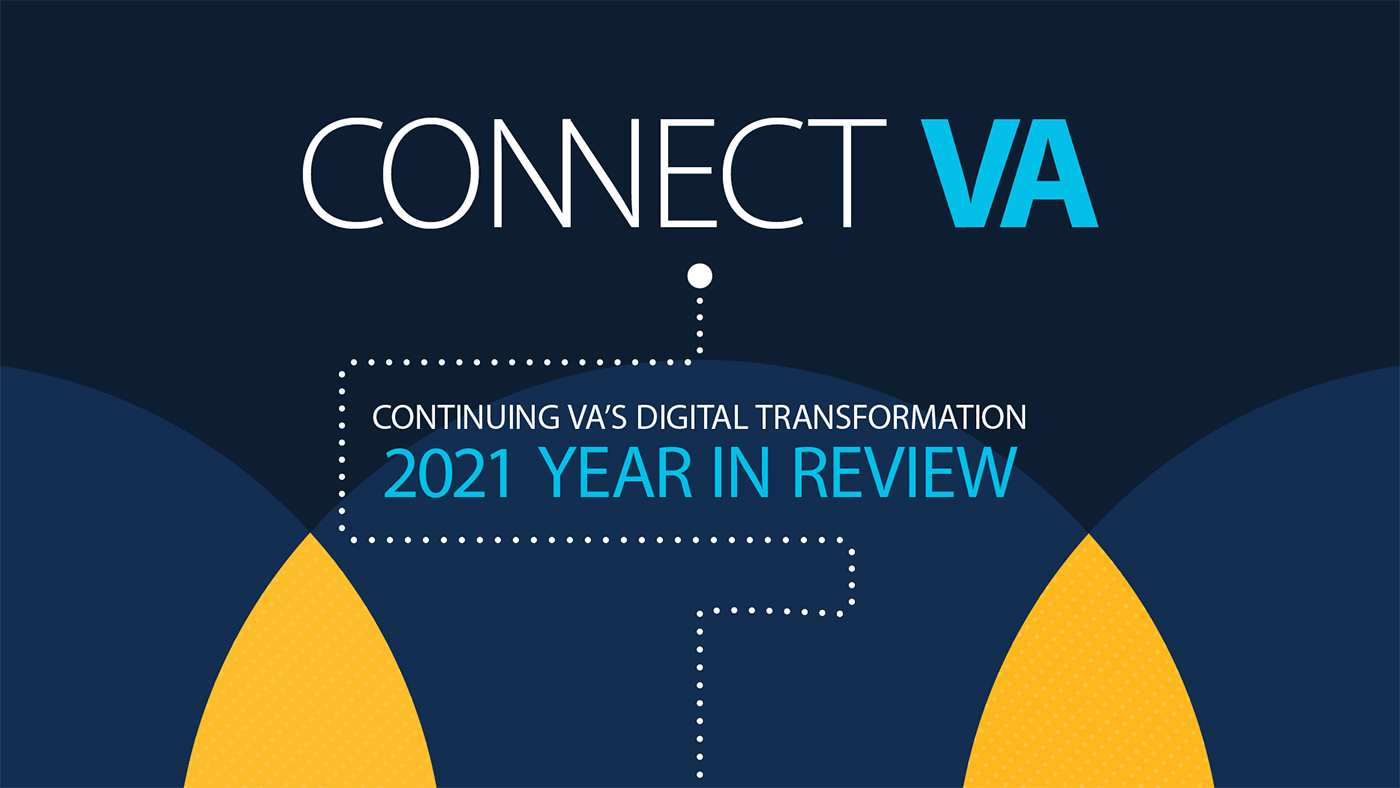Appears In
In 2021, the Office of Information and Technology accelerated VA’s digital transformation. Our IT specialists, developers, designers, and infrastructure experts delivered an exceptional customer experience while continuing to transform the way Veterans receive care and benefits. You can read more about our achievements this past year in our 2021 Year in Review, ConnectVA: Continuing VA’s Digital Transformation (PDF, 9MB).
ConnectVA highlights the efforts that are making VA one of the top federal providers in digital citizen services—making it easier for Veterans to find what they need when they need it. From a redesign of the VA.gov dashboard to the implementation of a new system that decreases wait times for community care, to the continued acceleration of VA claims approvals—Veterans, their families, and caregivers are reaping the benefits of VA’s digital transformation.
Take a deeper dive into ConnectVA. Here are examples of what you’ll find:
- Keeping the phone lines open. Our work ensured Veterans and their families received timely and responsive customer service, no matter what.
- Using robotics to speed up support. These efforts resulted in a 400% improvement in processing time.
- Promoting public service through careers in IT. If qualified for the job, Veterans who have at least a 30% disability rating move to the front of the line.
- Enhancing the Veterans Legacy Memorial. Family, friends, and visitors experienced new features and resources.
- Expanding capabilities to support vaccinations. OIT products helped DHS employees learn about and schedule COVID-19 vaccinations.
We’re proud of the work our team has accomplished in 2021. And we hope you’ll take a moment to read more about the Office of Information and Technology’s vision of a world-class organization that provides a seamless, unified Veteran experience through state-of-the-art technology.








